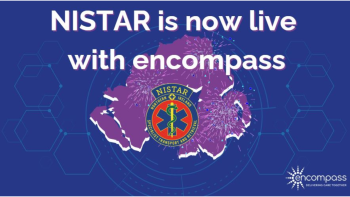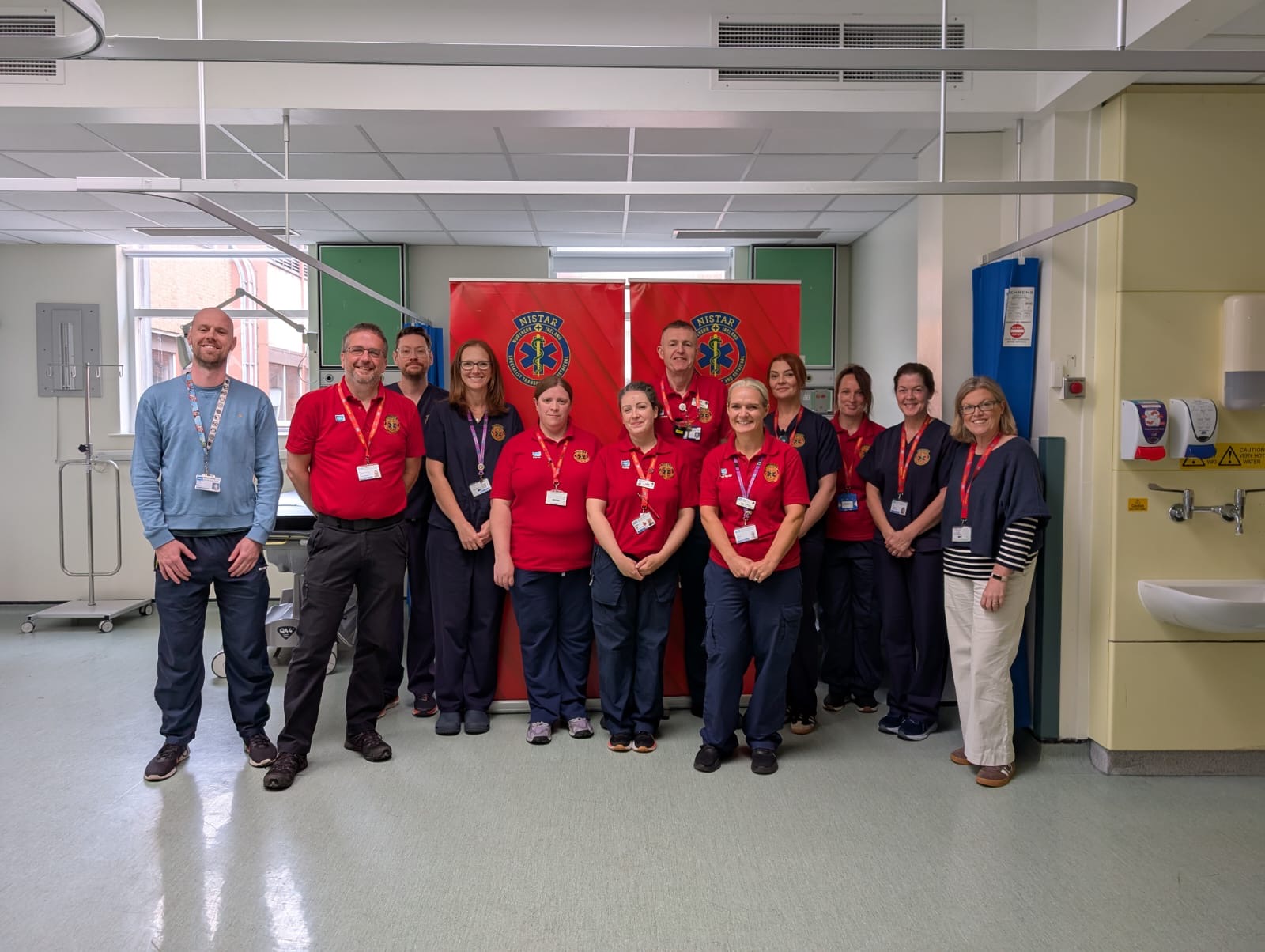25th July 2025

NISTAR joins the encompass family: A new era for patient transfers in Northern Ireland.
At 8am on Thursday 24 July 2025, the Northern Ireland Specialist Transport and Retrieval (NISTAR) service officially went live with encompass, marking a significant step forward in the digital transformation of health and social care across the region.
NISTAR, which operates 24/7 and handles over 1,200 critical patient transfers each year, plays a vital role in ensuring that infants, children and adults receive the timely and specialist care during inter-hospital transfers. The implementation of encompass will ensure the service is well equipped to deliver safe, efficient and coordinated care.

Trish McKinney, Co Director for Child Health and NISTAR, highlights the significance of this event: “We are delighted that NISTAR has joined the encompass family. This will support teams in delivering a more collaborative approach to Health and Social Care in Northern Ireland.”
NISTAR is hosted by the Belfast Health and Social Care Trust (BHSCT) in partnership with the Northern Ireland Ambulance Service (NIAS). NISTAR’s multidisciplinary teams are trained in advanced resuscitation, stabilisation and critical care transport. These teams will now have real-time access to patient information, improving decision-making during high-pressure situations.
David Marshall, NISTAR Service Manager, said: “The specialist teams are highly trained and with the introduction of encompass, they will have up-to-date, accurate information at their fingertips, ensuring the right care is delivered to the right patient at the right time.”
Cara Barbour, Lead Nurse for NISTAR describes how encompass is a game-changer: “The encompass system bridges the gap between services and will help ensure handovers are quicker, slicker and safer, freeing up time for staff to provide the most effective care to the patient.”




